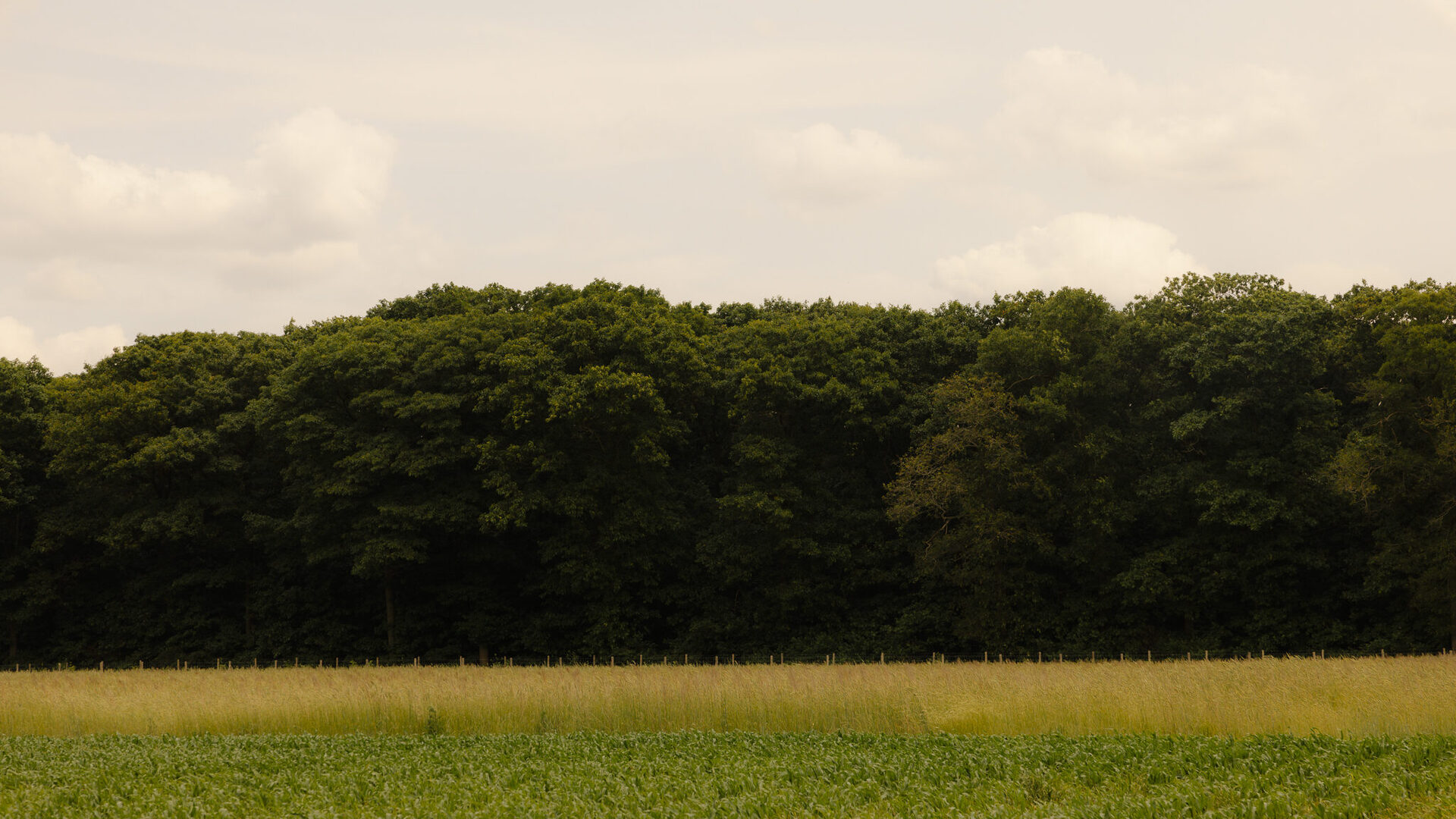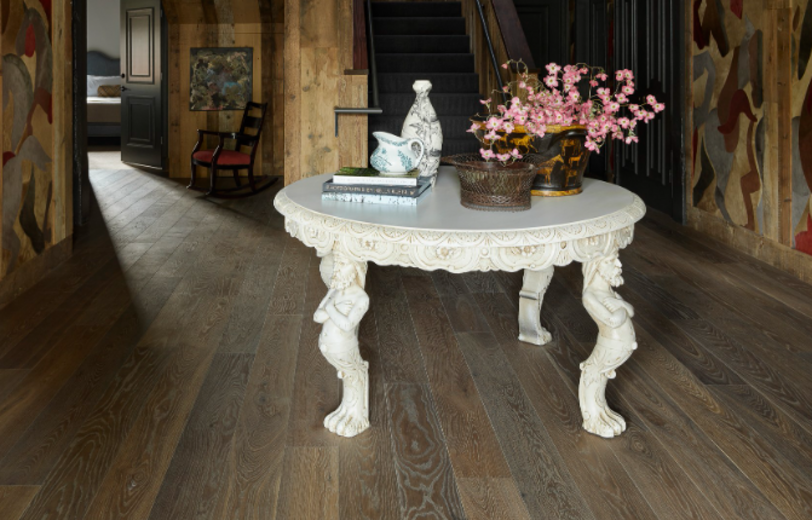In this article you will find
Two Woods, Distinct Characters
Material choice in interior design is never just a finishing touch—it defines the mood, durability, and sensory experience of a space. Among engineered hardwood flooring types, European oak and ash stand out for their natural beauty and design flexibility. Favored by architects and designers alike, these two wood species offer distinct personalities that can transform a project. In this article, you’ll find a side-by-side comparison of oak and ash: their visual characteristics, performance, and ideal applications. Whether you're designing a residential retreat or a high-traffic commercial space, this guide helps you make the right choice.
Hardwood Flooring Types: What Designers Need to Know
Solid vs Engineered Wood Floors
While solid hardwood floors have a long tradition in interior design, today’s high-performance spaces increasingly call for engineered wood solutions. Hakwood specializes in engineered hardwood flooring—a construction that combines a premium hardwood top layer with a multi-layer backing for enhanced stability. This makes it particularly suited for radiant heating systems, large-format spaces, and commercial applications.
Compared to solid wood, engineered wood offers superior dimensional stability, making it ideal for environments with changing humidity levels—without compromising on aesthetics or longevity.
Popular Hardwood Species in High-End Interiors
European oak and ash remain leading choices for designers creating premium interiors. Their inherent character, tonal range, and responsiveness to bespoke finishes allow for creative flexibility across a wide range of architectural styles. Whether paired with minimalist detailing or expressive textures, engineered hardwood enhances both form and function and are often seen as the best wood for flooring.
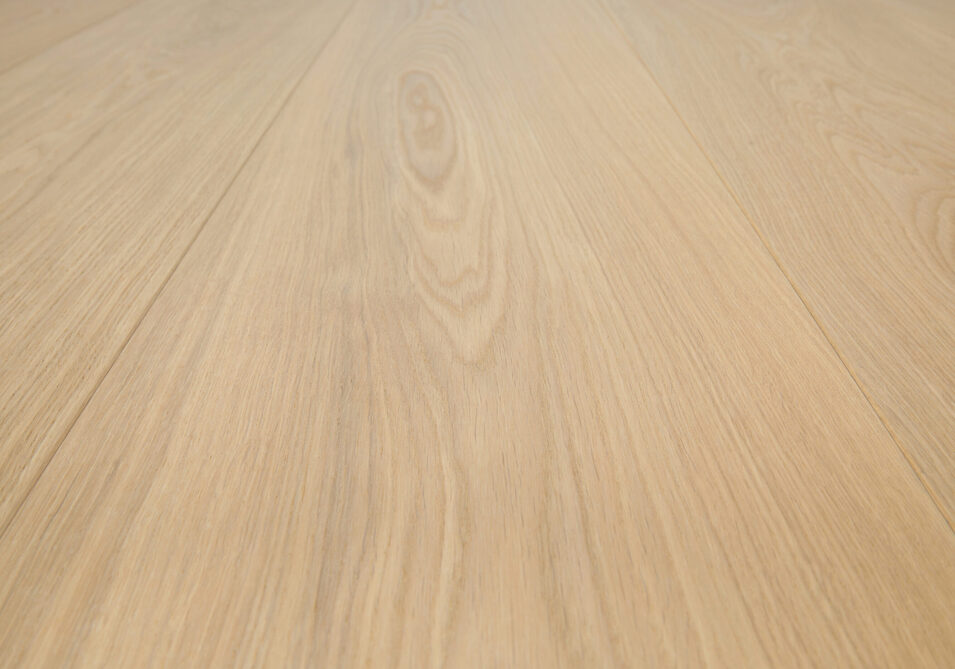
What Is European Oak?
Harvested from sustainably managed forests across France, Germany, and Eastern Europe, European oak is known for its warm honey tones, pronounced grain patterns, and rich natural texture. It takes exceptionally well to custom finishes, from brushed and smoked to limed or deep-toned oil treatments—ideal for bringing depth and distinction to both contemporary and classic interiors.
What is European Ash?
Lighter in tone and more flexible in nature, European ash offers a creamy, neutral palette that enhances airy, modern spaces. Its smooth, lively grain and natural elasticity make it a favorite for interiors seeking lightness, movement, and subtle visual intrigue. Ash accepts both pale and pigmented finishes beautifully, creating clean, contemporary lines without feeling sterile.
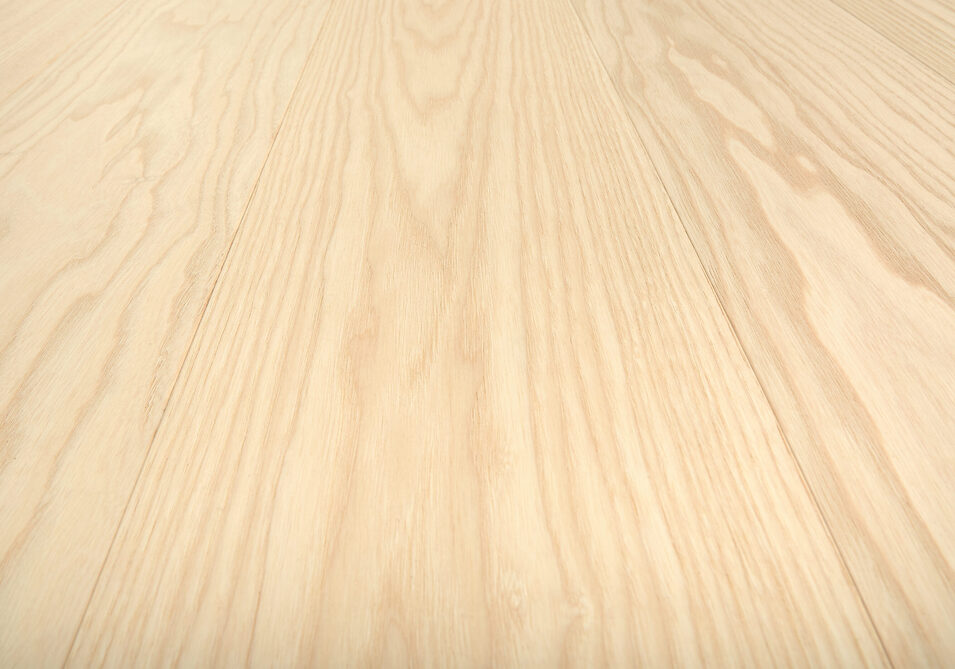
Oak or Ash? Choosing the Right Wood for Your Interior Project
Color, Grain and Texture: Visual Impact in Design
Oak features bold grain and deeper color variation—perfect for traditional or rustic aesthetics. Ash, with its fine grain and lighter hue, brings a refined, understated elegance that works well in Scandinavian, minimalist, or modernist concepts. The choice of wood influences not only tone and mood, but how the space breathes and reflects light.
Durability, Maintenance and Performance
On the Janka hardness scale, European oak ranks high for wear resistance, making it a top performer in high-traffic areas. Ash is slightly softer but more elastic—ideal for residential use or areas requiring a touch of give. Both species respond well to durable matte finishes and are easy to maintain with the right protection. Oak resists staining due to its density, while ash may yellow slightly over time, though this can be countered with light-tinted finishes.
Sustainability
Both woods are available with FSC® certification and originate from responsibly managed European forests. Choosing locally sourced, European wood supports sustainable design and significantly reduces a project’s carbon footprint. It’s a conscious choice embraced by forward-thinking architecture firms—and one that aligns closely with Hakwood’s deep-rooted commitment to sustainability.
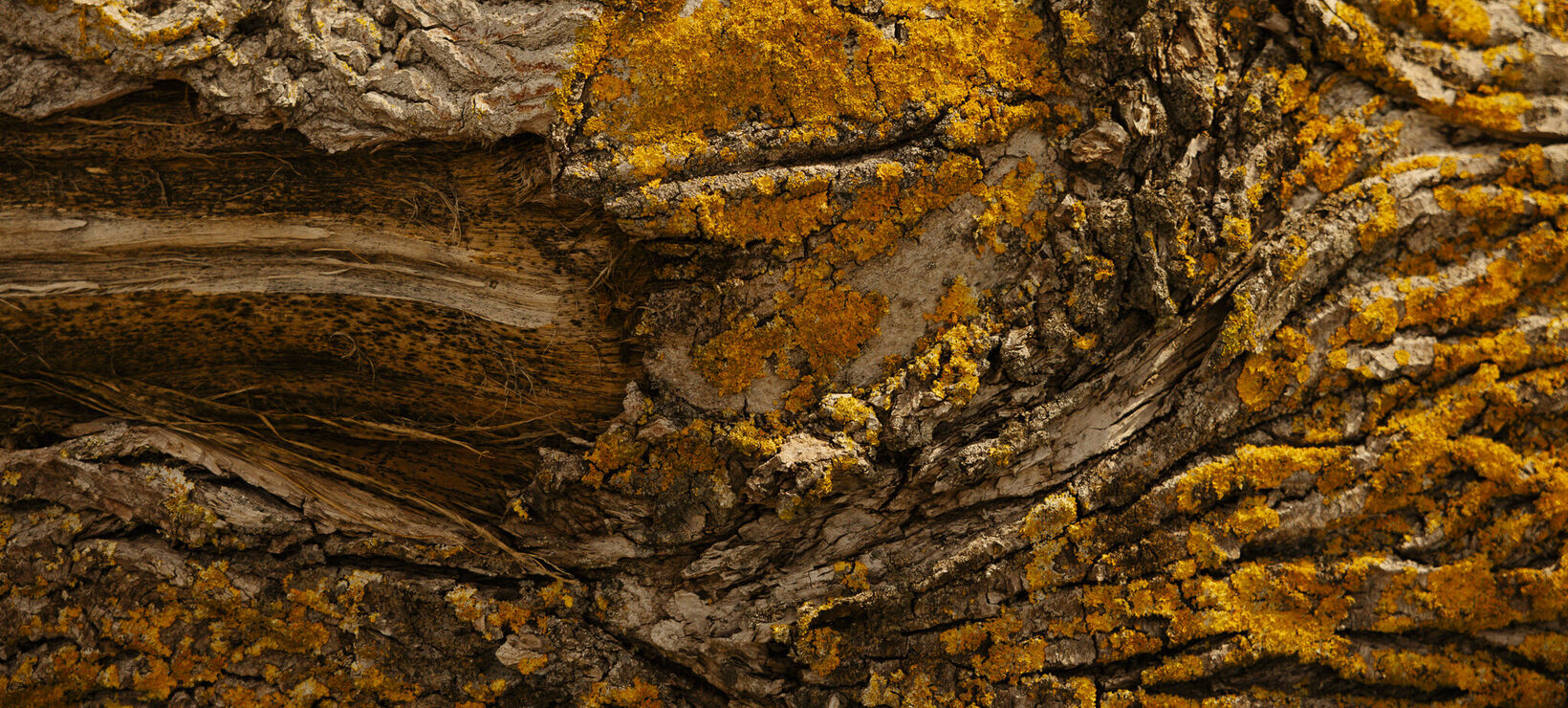
Summary Table: Oak vs Ash at a Glance
| Feature | European Oak | European Ash |
| Color | Warm honey to medium tones | Light cream to soft beige |
| Grain | Bold, pronounced | Subtle, flowing |
| Durability (Janka) | High – excellent wear resistance | Medium-high – flexible and resilient |
| Finish Options | Oils, matte lacquers – rich texture | Pale oils, light tints – clean lines |
Conclusion: Which Wood Is Right for Your Design Vision?
Both European oak and ash deliver exceptional performance and aesthetic value. European oak offers a rich grain, timeless appeal, and a strong sense of heritage. European ash, on the other hand, is known for its lighter tone and contemporary versatility. Each wood brings its own character—your design vision will reveal which fits best.
Need help making the final call? Request a sample or connect with a Hakwood specialist for tailored advice. We’re here to bring your vision to life—through craftsmanship, collaboration, and design expertise.
Never miss an update
Subscribe to our newsletter
